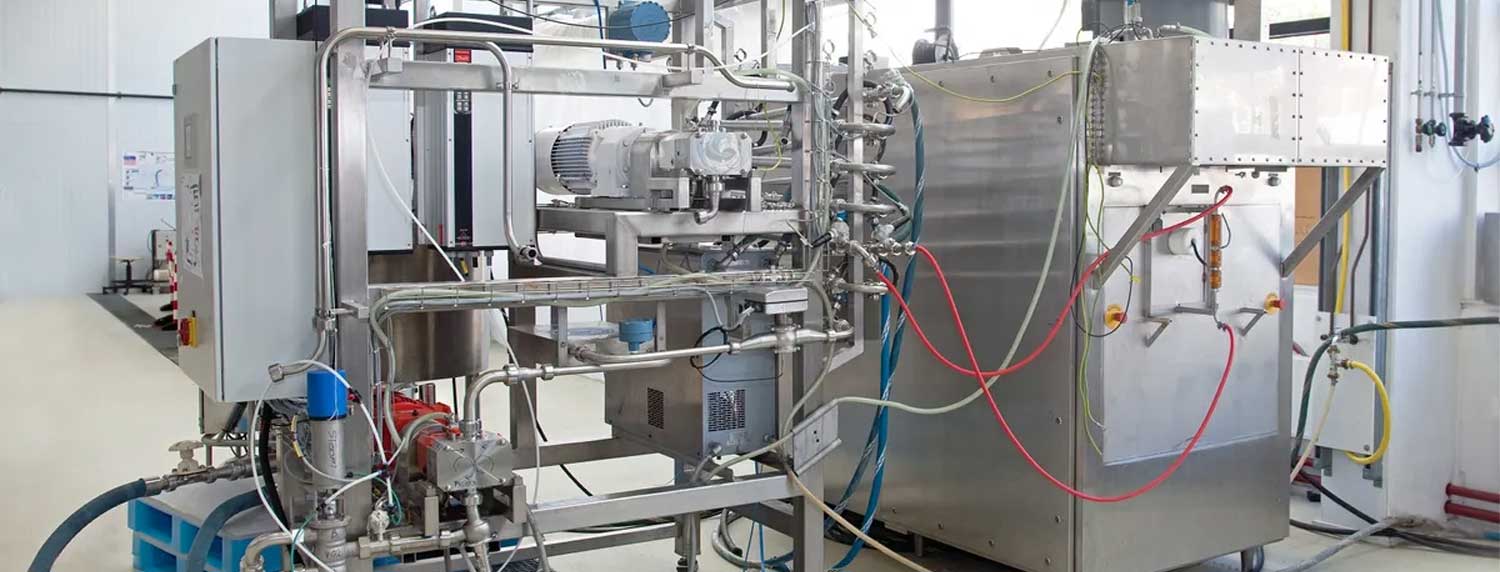Pulsed Electric Field (PEF) processing is a non-thermal food preservation technology that uses high-voltage, low-energy pulses to disrupt the cellular structure of microorganisms in food. The electrical field causes permeabilization of the cell membrane, leading to cell death and the preservation of the food.
The objective of the various food preservation technologies used by the food industry is to control microorganisms once they are contaminating foods. PEF processing has several advantages over traditional thermal preservation methods many of which rely on the prevention of microbial growth or on the microbial inactivation. PEF processing is a faster, gentler, and more energy-efficient method that can preserve the quality and nutritional value of the food and it can also improve the flavor, texture, and appearance of the food.
PEF processing has been used in a variety of food and beverage applications, including juice and wine production, dairy processing, and the treatment of fruits, vegetables, and meat products. PEF can also be used as a pre-treatment step to enhance the efficiency of other preservation methods, such as high-pressure processing or thermal pasteurization. Manufacturers use PEF to extend the shelf-life of juices and to increase the extraction and process improvements with snacking products.
PEF processing is a promising technology for food preservation and offers a more sustainable and cost-effective alternative to traditional thermal preservation methods. However, further research is needed to fully understand the effects of PEF processing on different types of food and to optimize the process for maximum effectiveness and food safety.
Some resources:
An overview of Pulsed Electric Field Processing for Food

